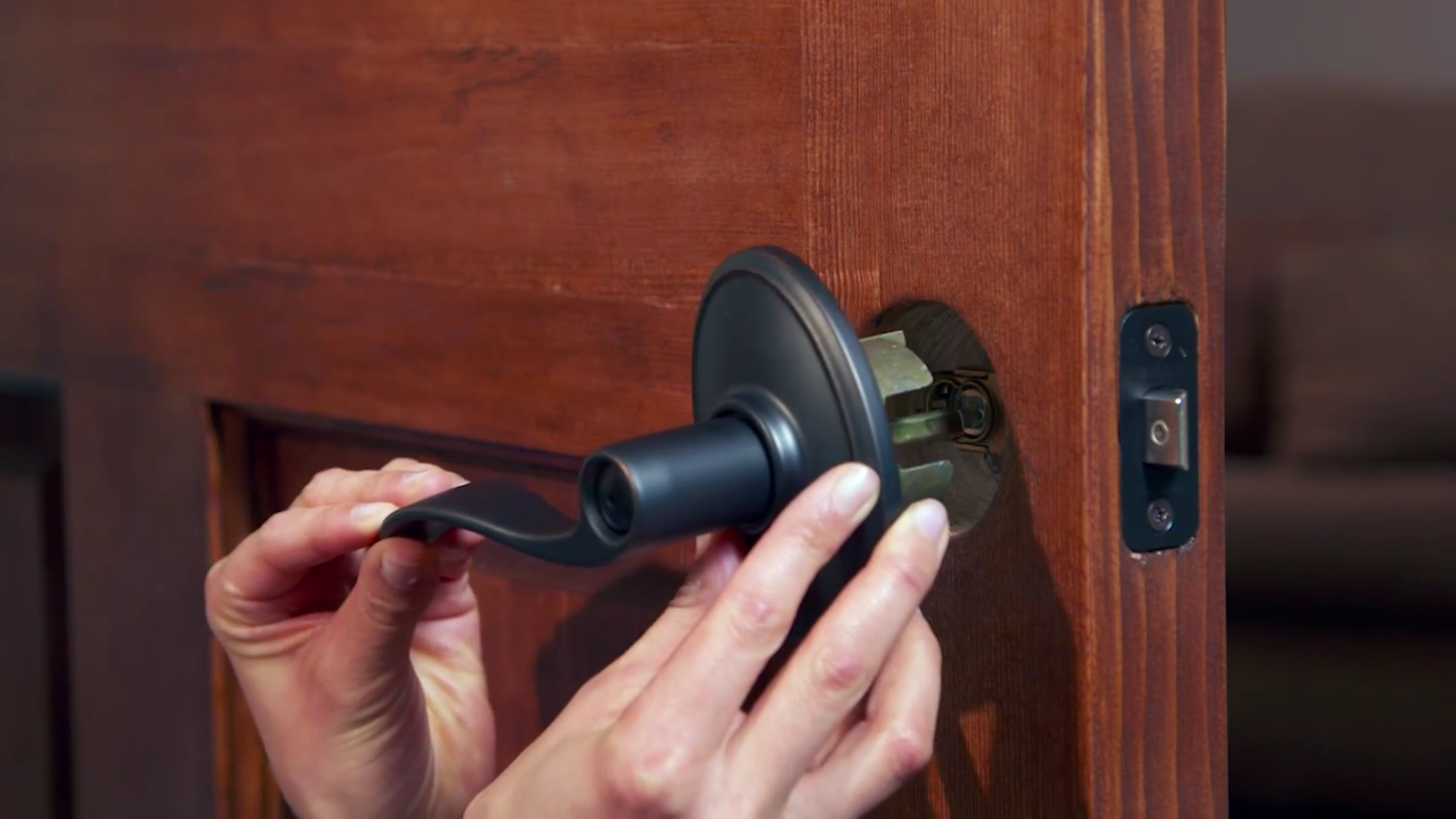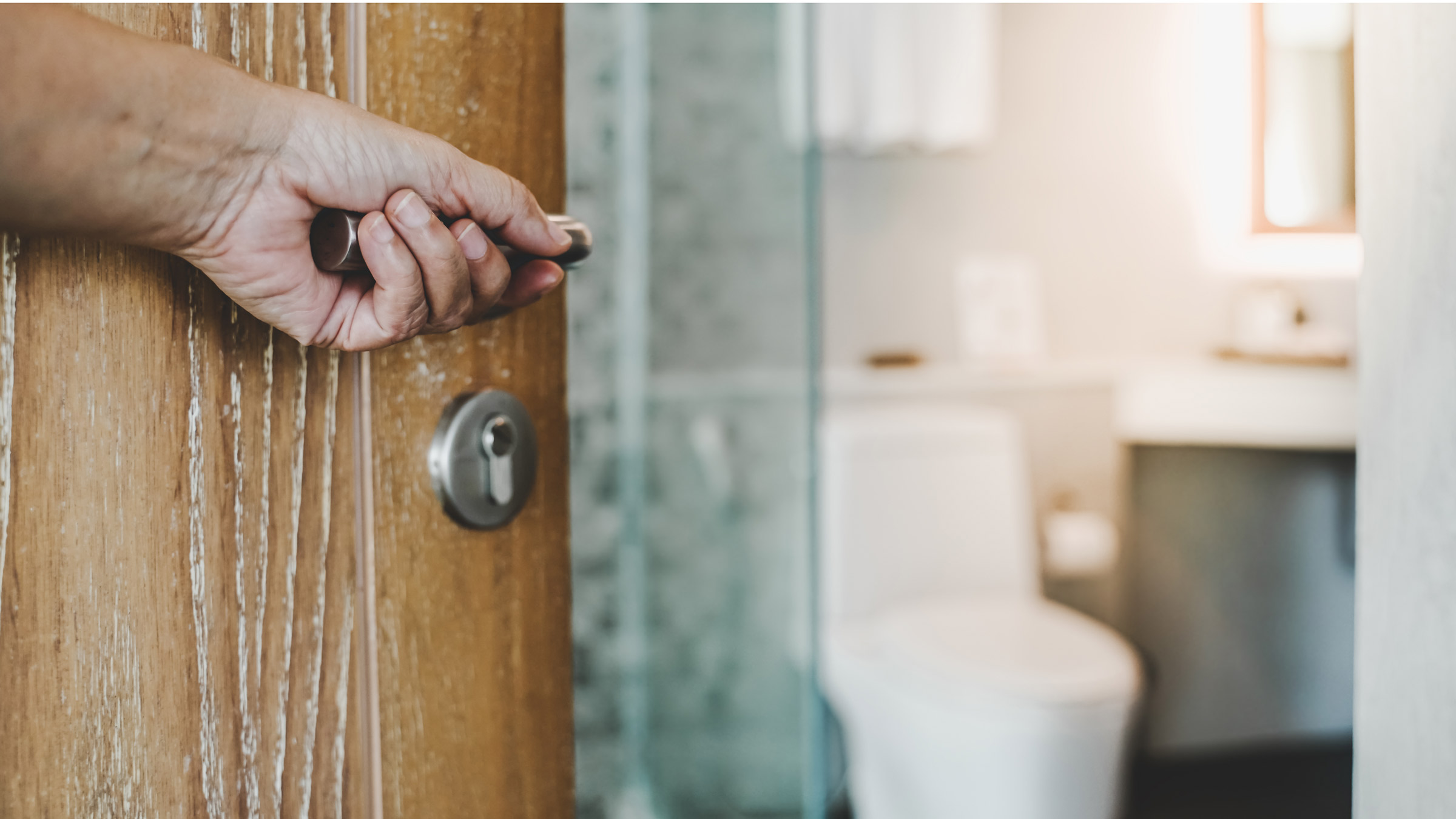Understanding Bathroom Door Lock Types

Choosing the right bathroom door lock can significantly impact your home’s security, convenience, and aesthetic appeal. There are several types of locks available, each with its own advantages and disadvantages. Understanding these differences will help you make an informed decision that meets your specific needs.
Lever Handles
Lever handles are a popular choice for bathroom doors due to their ease of use and stylish design. They operate by pushing down on the lever to unlock the door, making them suitable for people with limited dexterity or mobility. Lever handles are available in a wide range of styles and finishes, allowing you to match them to your bathroom decor.
Pros
- Easy to use, especially for people with limited mobility
- Wide range of styles and finishes to choose from
- Can be combined with deadbolts for increased security
Cons
- May not be as secure as deadbolts, especially if they are not deadlocking
- Can be more susceptible to forced entry
Knobs
Knobs are a classic door lock type that is simple to operate. They typically feature a round or oval shape that you turn to unlock the door. Knobs are often found in older homes and are available in various styles and finishes.
Pros
- Simple and easy to use
- Widely available and affordable
Cons
- May not be as secure as deadbolts or lever handles with deadlocking mechanisms
- Can be difficult to use for people with limited dexterity
Deadbolts
Deadbolts are considered the most secure type of door lock. They feature a separate bolt that extends into the doorjamb when locked, making it much harder to force open. Deadbolts are typically used in conjunction with other lock types, such as lever handles or knobs, to provide additional security.
Pros
- Highest level of security
- Can be used with other lock types for enhanced protection
Cons
- Can be more difficult to use than lever handles or knobs
- May not be aesthetically pleasing for all bathroom designs
Privacy Locks
Privacy locks are designed specifically for bathroom doors and offer a level of privacy without the need for a key. They typically feature a simple latch mechanism that can be locked from the inside using a small button or knob. Privacy locks are often used in conjunction with other lock types, such as lever handles or knobs.
Pros
- Provide privacy without the need for a key
- Easy to operate from the inside
- Can be used with other lock types for added security
Cons
- May not be as secure as deadbolts
- Can be easily unlocked from the outside with a credit card or other thin object
Popular Bathroom Door Lock Brands
Several reputable brands offer a wide range of bathroom door locks, each with its own unique features and benefits. Here are a few examples:
| Brand | Key Features |
|---|---|
| Schlage | Known for their durable and stylish locks, offering a wide range of styles and finishes, including lever handles, knobs, and deadbolts. |
| Kwikset | Offers a wide variety of locks at competitive prices, with features like SmartKey technology for easy rekeying and a variety of finishes. |
| Baldwin | Known for their high-end locks with luxurious finishes and advanced security features, including deadbolts with multiple locking points. |
Remember to consider your individual needs and preferences when choosing a bathroom door lock. Factors such as security, ease of use, style, and budget should all be taken into account. By carefully evaluating your options, you can select the perfect lock that meets your specific requirements and enhances the functionality and aesthetics of your bathroom.
Choosing the Right Bathroom Door Lock

Choosing the right bathroom door lock is crucial for both functionality and aesthetics. It’s not just about securing your privacy; it’s also about complementing your bathroom’s style and ensuring a smooth operation. To make the right choice, consider the following factors:
Determining the Correct Backset and Latch Size
The backset and latch size are crucial for a proper fit. The backset refers to the distance between the edge of the door and the center of the lock’s mounting holes. The latch size refers to the length of the latch bolt that extends into the strike plate.
The standard backset for most doors is 2-3/8 inches, but some doors may have a backset of 2-3/4 inches.
To determine the correct backset, measure the distance between the edge of the door and the center of the existing lock’s mounting holes. If you’re installing a new lock, check the manufacturer’s specifications to ensure it’s compatible with your door.
The standard latch size is 1 inch, but some doors may have a latch size of 1-1/8 inches.
To determine the correct latch size, measure the length of the existing latch bolt. If you’re installing a new lock, check the manufacturer’s specifications to ensure it’s compatible with your door.
Choosing the Right Finish and Material
The finish and material of your bathroom door lock should complement your bathroom’s decor. Popular finishes include satin nickel, polished brass, oil-rubbed bronze, and matte black. These finishes can add a touch of elegance or a modern industrial feel to your bathroom.
For a more modern look, consider a lock with a sleek, minimalist design and a satin nickel or matte black finish.
For a more traditional look, consider a lock with a more ornate design and a polished brass or oil-rubbed bronze finish.
The material of the lock is also important. Common materials include brass, stainless steel, and aluminum. Brass is durable and resistant to corrosion, making it a good choice for humid environments like bathrooms. Stainless steel is also durable and corrosion-resistant, and it offers a more modern look. Aluminum is lightweight and affordable, but it may not be as durable as brass or stainless steel.
Installing a Bathroom Door Lock: How To Fit Bathroom Door Lock

Installing a new bathroom door lock is a straightforward DIY project that can enhance your home’s security and style. With the right tools and a little patience, you can easily replace an old lock or install a new one. This guide will walk you through the process step-by-step, providing tips for a successful installation.
Preparing for Installation
Before starting the installation, gather the necessary tools and materials. This will ensure a smooth and efficient process.
- New Bathroom Door Lock: Choose a lock that suits your needs and style. Consider factors like privacy level, key type, and finish.
- Screwdriver: You’ll need a screwdriver that matches the screws used for the lock. A Phillips head screwdriver is typically required.
- Pencil: Use a pencil to mark the location of the new lock on the door and frame.
- Tape Measure: Measure the distance between the existing lock and the new lock to ensure proper alignment.
- Level: Ensure the new lock is installed level and straight.
- Drill (optional): If the door is too thick for the screws provided with the new lock, you may need a drill to pre-drill holes for the screws.
Removing the Old Lock
The first step is to remove the old lock from the door. This process is relatively simple and involves a few steps.
- Remove the Door Handle: Use a screwdriver to remove the screws that hold the door handle in place. Some handles may have a small cover that needs to be removed first.
- Remove the Strike Plate: The strike plate is the metal piece on the door frame that the lock latch engages with. Remove the screws holding the strike plate in place.
- Remove the Lock: Depending on the type of lock, there may be screws holding the lock mechanism in place. Remove these screws, and the lock should slide out of the door.
Installing the New Lock
Once the old lock is removed, you can start installing the new lock. This process involves attaching the lock to the door and the strike plate to the door frame.
- Align the Lock: Position the new lock on the door, ensuring it is centered and at the desired height. Use a pencil to mark the location of the screw holes.
- Attach the Lock: Use the screws provided with the new lock to attach it to the door. If the screws are too short, use a drill to pre-drill holes in the door for the screws.
- Install the Strike Plate: Position the strike plate on the door frame, aligning it with the lock latch. Use the screws provided to attach the strike plate to the door frame.
- Test the Lock: After installing the lock, test it to ensure it operates smoothly and securely. Open and close the door several times, and make sure the latch engages with the strike plate.
Troubleshooting Common Installation Problems, How to fit bathroom door lock
While installing a bathroom door lock is generally straightforward, you may encounter some problems. Here are some common issues and solutions:
- Door Doesn’t Close Properly: This could be due to a misaligned strike plate. Adjust the strike plate position until the door closes properly.
- Lock Doesn’t Engage: If the lock doesn’t engage with the strike plate, the latch may be misaligned. Adjust the latch position by loosening the screws holding it in place.
- Lock Is Difficult to Turn: This could be due to a tight latch or a misaligned strike plate. Adjust the latch or strike plate position to ease the turning action.
